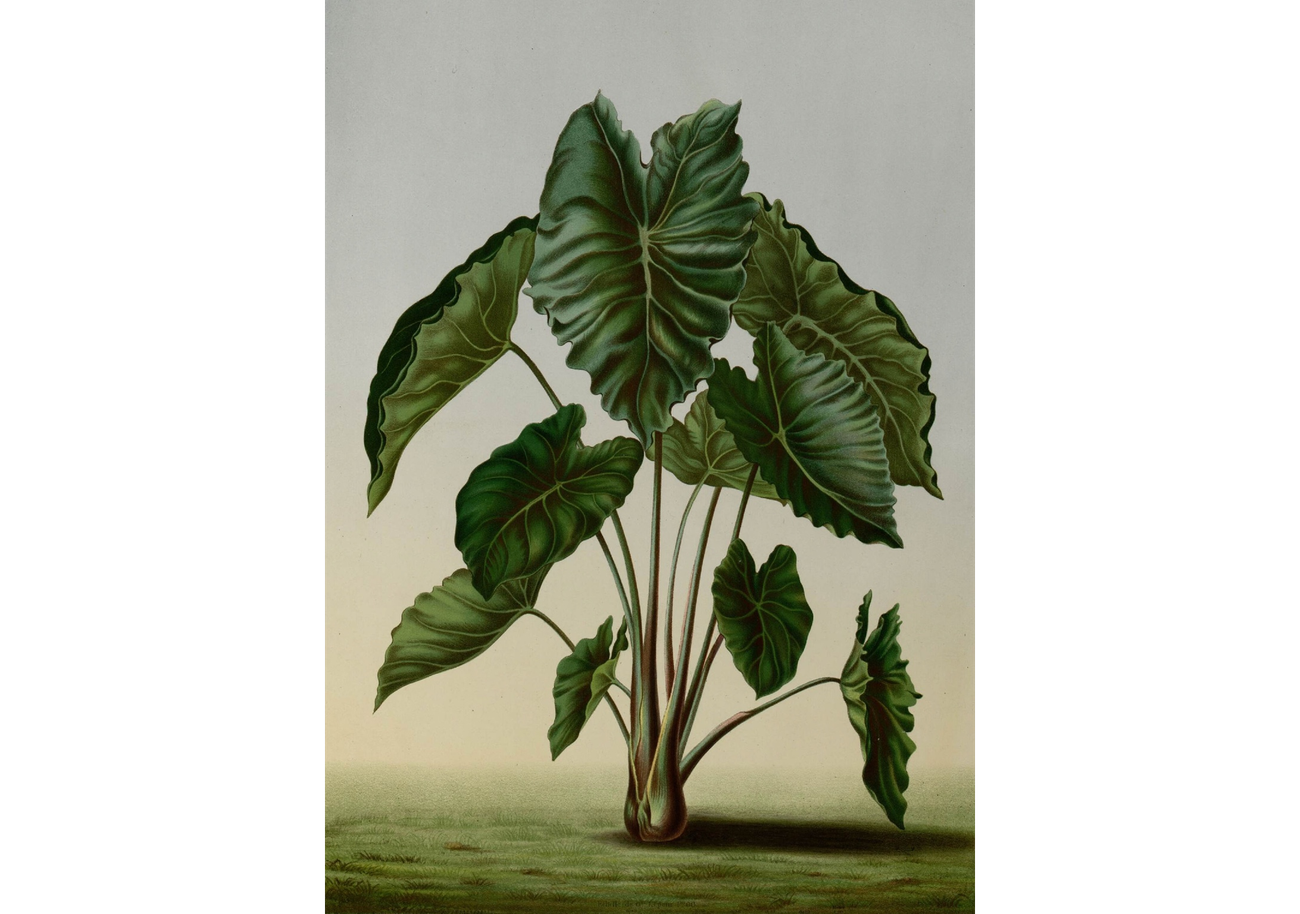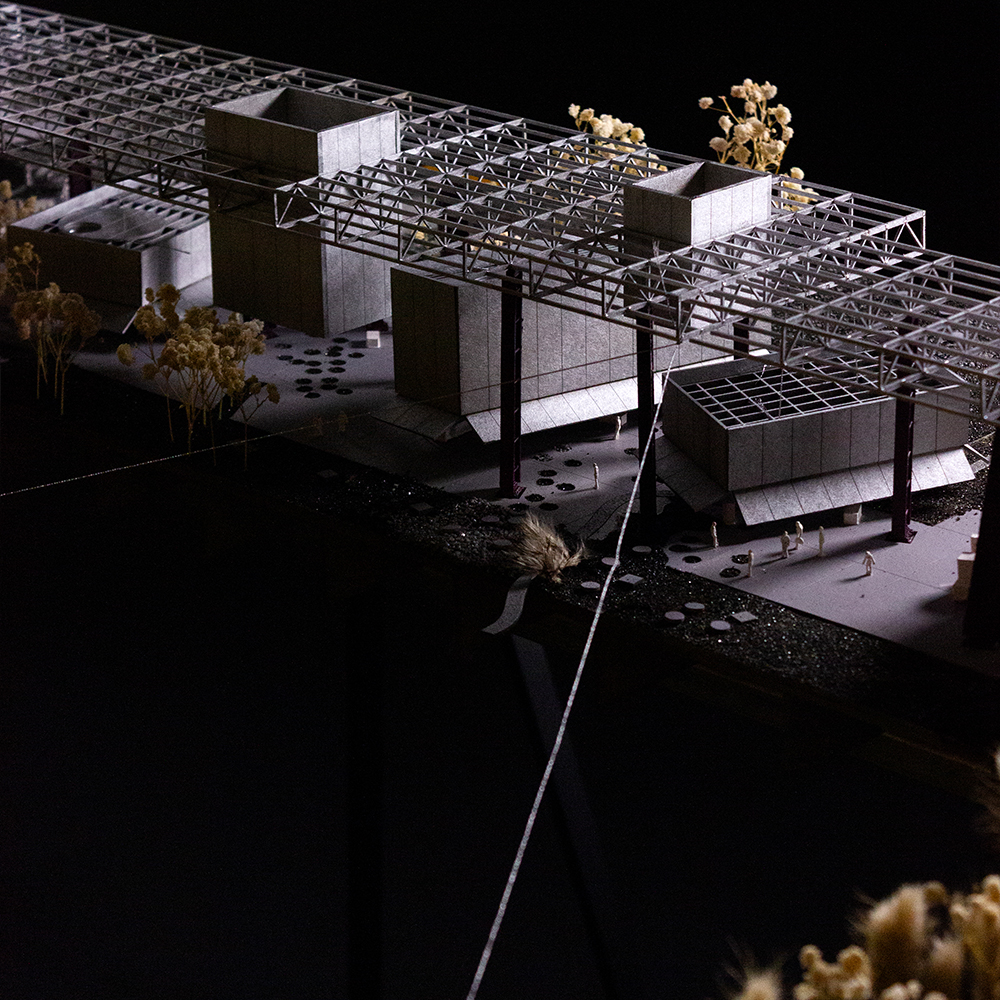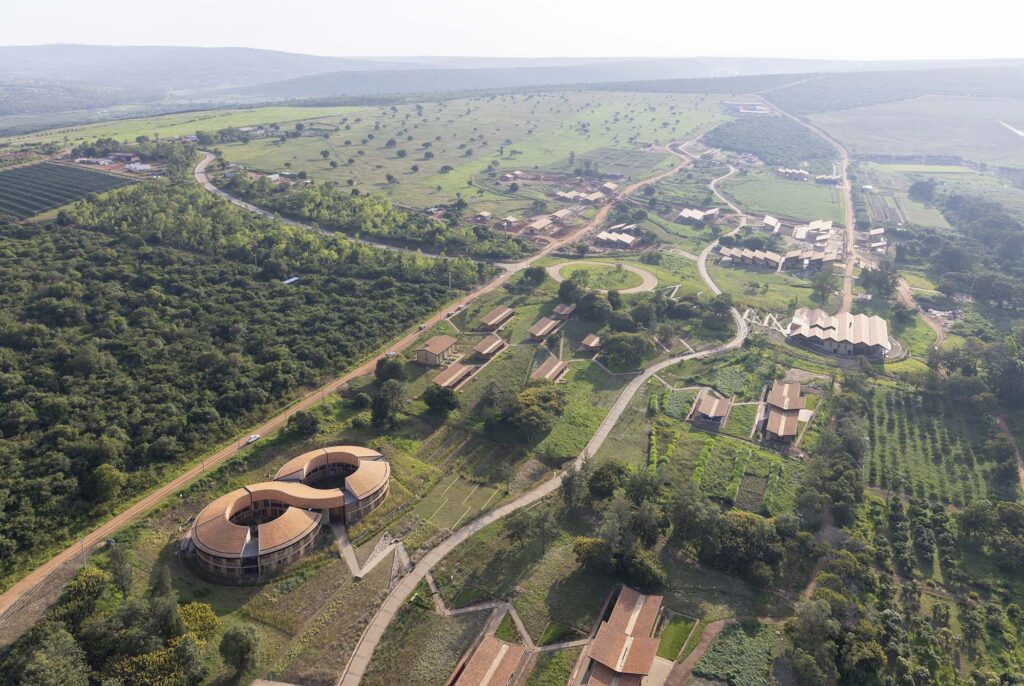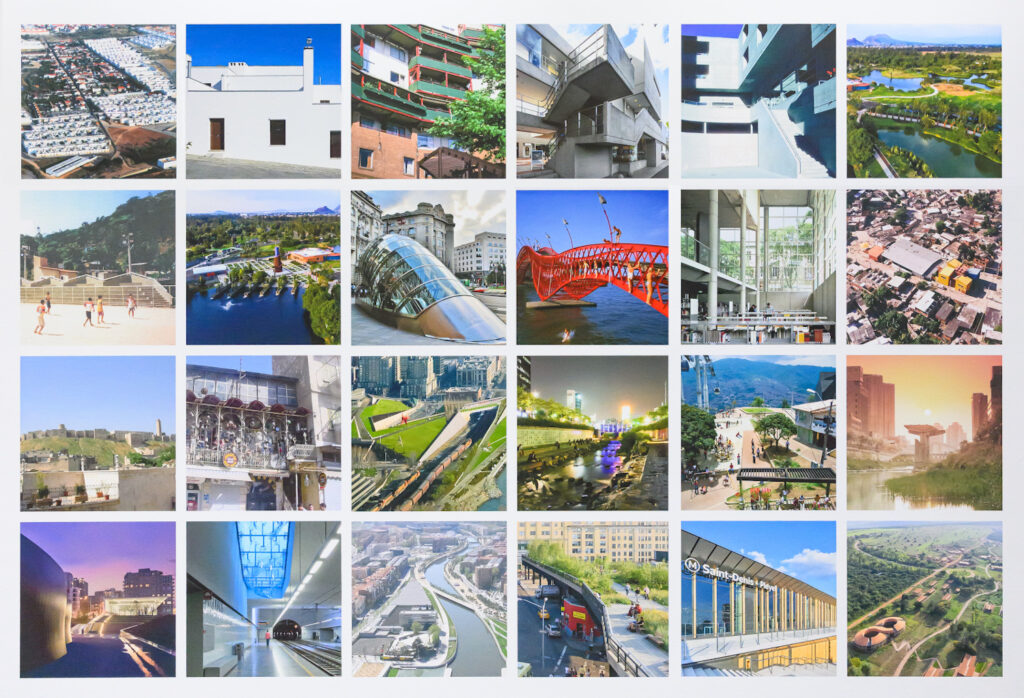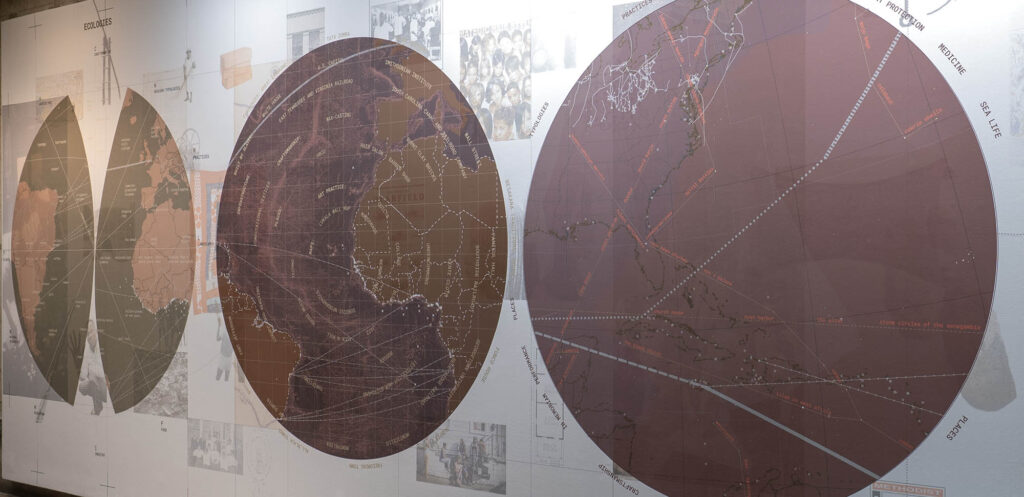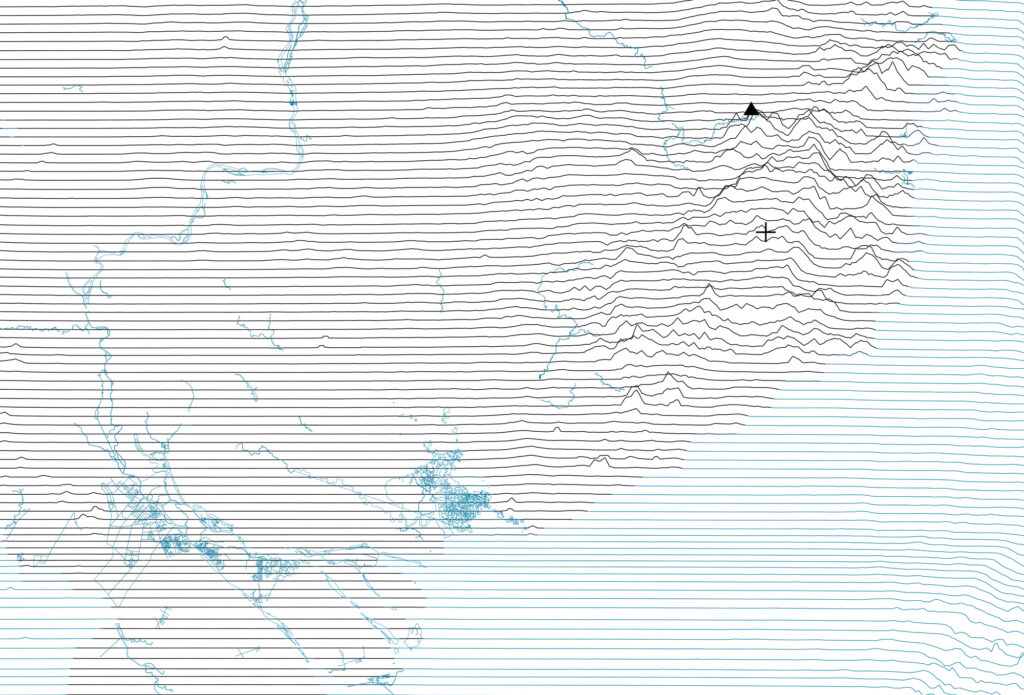URBAN NATURES:
A TECHNOLOGICAL AND POLITICAL HISTORY
For more than three centuries, we have pondered the role of nature in urban development. From the first gardens that were opened to the public in the late 17th century, such as the Tuileries Gardens in Paris or Hyde Park in London, to our contemporary urban forests, the approaches toward nature taken by architects, engineers, landscape architects, and their clients are inseparable from technical challenges as well as political and social concerns.
Technical aspects range from preparing ground and managing water to organizing the cohabitation of natural elements and human beings. These tasks have become increasingly urgent with the advent of climate change and the ensuing need to prevent disastrous effects, such as urban heat islands rendering swaths of urbanized areas unlivable.
Since the Enlightenment, nature’s presence has been inextricably linked to hygienic concerns as well as the desire to help people live together in a society threatened by economic inequalities and social divisions. This ambition runs through the landscaping policies that informed the transformation of Paris under Baron Haussmann and the creation of New York City’s Central Park. From the 18th century to the present day, the history of nature in the city has thus gone hand in hand with successive visions of the workings of society.
This history reveals a diversity of aspirations, projects, and practices that would be hard to reduce to one leitmotif: hence, the use of the plural in the title Urban Natures. This exhibition enables visitors to discover how the importance of urban natures has expanded over the centuries. It has reached a new level with our current environmental crisis, the solution to which lies in forging new links between humans and all the non-human entities on which our survival depends: from soil to water resources and from vegetation to animal populations. The spread of community gardens and urban agriculture reflects this growth of awareness.
The study of urban natures measures how far we have come since the first public gardens were created and asks us to envision the future of our cities in innovative ways.
Antoine Picon, G. Ware Travelstead Professor of the History of Architecture and Technology, Director of Doctoral Programs & Director of the PhD Program
Collaboration with Professor Erika Naginski, Robert P. Hubbard Professor of Architectural History
Currently on view
View ExhibitionsLooking for older event archives? Please contact Loeb Library or visit our YouTube channel.
